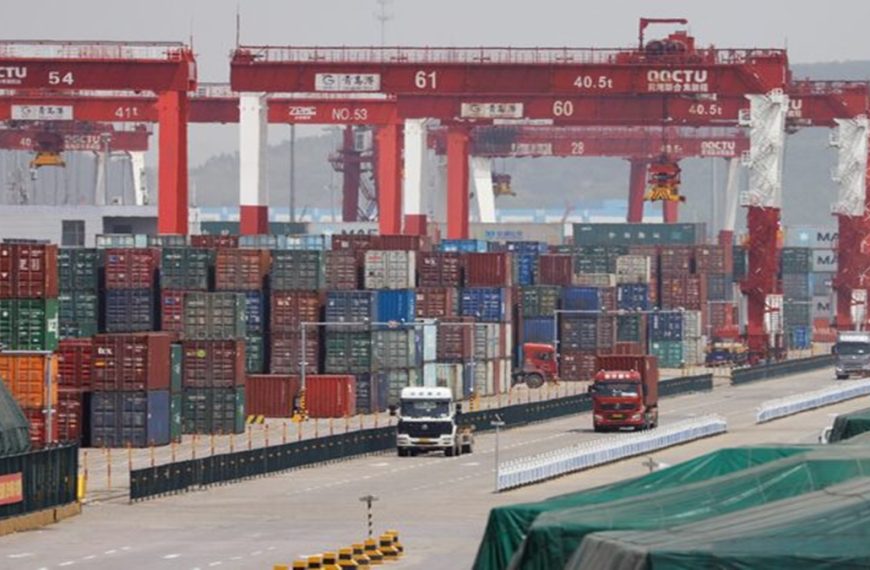In a bold move, U.S. President Donald Trump has declared a 25% tariff on imported automobiles and parts, set to take effect on April 3, 2025. This decision aims to target fully-built vehicles as well as critical components, such as engines and electrical parts. According to a detailed analysis by Nomura, these tariffs could significantly affect the market, potentially adding around $3,700 to the average sale price of vehicles and leading to a drop in demand for approximately 1 million cars in 2024.
Key Aspects of the New Tariff
Starting in early April, the new tariff will impose a 25% duty on fully assembled light vehicles entering the U.S. market. By May 3, 2025, engines, transmissions, and various electrical components will also fall under this hefty tariff. However, parts that comply with the U.S.-Mexico-Canada Agreement (USMCA) will continue to be exempt from tariffs until the Department of Commerce evaluates the value of non-U.S. content in these components.
Impact on Key Industry Players
The automotive sector is poised for major shifts as these tariffs come into play. For instance, Tata’s Jaguar Land Rover (JLR) generates about 23% of its revenue and 26% of total wholesale volume from the U.S. market. Recent reports indicate that JLR’s U.S. volume exposure has surged to 33%. Most of JLR’s vehicles are manufactured in the UK, with a notable portion of production also occurring in the EU.
Among auto parts suppliers, companies like Bharat Forge, Sona Comstar, and Samvardhana Motherson stand out due to their substantial U.S. market presence. In the fiscal year 2024, their revenues from the U.S. are as follows:
- Bharat Forge: 25% of consolidated revenue
- Sona Comstar: Approximately 40% of revenue
- Samvardhana Motherson: About 18% of revenue
Samvardhana Motherson’s manufacturing plants in Alabama, Michigan, and Houston could help mitigate the impact of these tariffs by allowing for increased domestic production.
Potential Consequences for U.S. Car Demand
Nomura suggests that the new tariffs may trigger immediate price increases from Original Equipment Manufacturers (OEMs) as they scramble to find alternatives. This could lead to a notable decline in demand for vehicles. The prospect of reciprocal tariffs from other nations, particularly as both India and the UK engage the U.S. for trade negotiations, adds another layer of complexity.
The Challenge of Shifting Manufacturing
Transitioning production to the U.S. won’t be straightforward. The wage disparity is stark: the average hourly wage in India is around $1.50, compared to $15 in the U.S. If multiple OEMs and suppliers attempt to relocate simultaneously, a labor shortage could drive wages even higher. Currently, suppliers benefit from cost efficiencies in countries outside the U.S., making domestic production less appealing.
Broader Economic Implications
The tariffs aren’t limited to the automotive industry. They could ripple through other consumer goods, potentially fuelling inflation and increasing interest rates. Reports indicate that U.S. consumer sentiment has already plummeted to a 12-year low, raising concerns about the overall economic impact.
In summary, while the new tariffs aim to bolster U.S. manufacturing and reduce reliance on imports, they may also lead to increased prices and decreased vehicle demand. As the automotive landscape evolves, industry players must navigate these challenges carefully to maintain competitiveness in a changing market.











